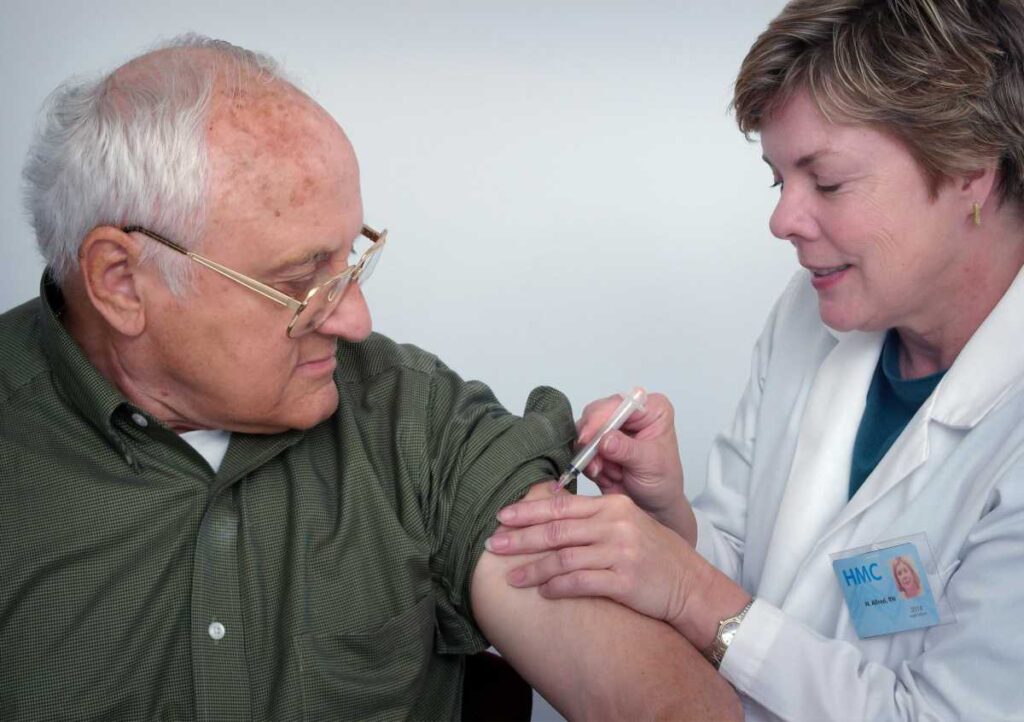Image Credit: CDC, Pexels

New findings show that there is a 15-20% risk of unvaccinated people contracting influenza after it is introduced into a household, and that the highest risk is amongst children. The results were published in JAMA Network Open late last week.1
“During 3 consecutive influenza seasons with daily collection of data and respiratory specimens following introduction of infections in the households, we observed a substantial risk of subsequent influenza virus infection among household contacts,” the investigators wrote. “Approximately 1 in 5 household contacts became infected during follow-up, with the highest risk of infection observed among children. 1
Study Parameters
The investigators’ analysis included 699 primary cases and 1581 household contacts over 3 consecutive influenza seasons (2017-2020) in Tennessee and Wisconsin. Participants were enrolled into a prospective case-ascertained household transmission cohort study.1
The investigators collected sociodemographic information and data on household characteristics medical history, and influenza vaccination history using electronic or paper-based surveys customized according to participants’ preference. These individuals collected daily symptom diaries and nasal swabs for up to 7 days.
Other Findings
Vaccine effectiveness (VE) was also contingent on the influenza type. For Type A, there was next to no protection (5% VE), and for the Type B influenza strain, VE was 56.4%.1
“Estimated VE for preventing influenza B among household contacts was demonstrated (56.4%; 95% CI, 30.1% to 72.8%), especially among those aged 5 to 17 years (88.4%; 95% CI, 75.1% to 94.6%) and those aged 18 to 49 years (70.8%; 95% CI, 28.5% to 88.1%),” The authors wrote. “The VE against influenza B (Victoria) and B (Yamagata) virus infections was estimated as 49.5% (95% CI, 14.1% to 70.3%) and 25.5% (95% CI, −162.1% to 78.8%), respectively.”1
Influenza Vaccine Uptake
Annually, the typical influenza vaccine uptake is around 50% amongst Americans. According to the Centers for Disease Control and Prevention (CDC), 55.4% of children ages 6 months–17 years and 44.9% of adults ages 18 and older received at least 1 dose of the flu vaccine during last year’s respiratory virus season. This is a decrease from the previous season for both children and adults.2
According to the CDC, here is the breakdown of flu vaccines according to ages:
- “Percent of adults ages 18–34 who received an influenza vaccination during the past 12 months: 35.6% (2023)
- Percent of adults ages 35–49 who received an influenza vaccination during the past 12 months: 39.5% (2023)
- Percent of adults ages 50–64 who received an influenza vaccination during the past 12 months: 49.6% (2023)
- Percent of adults age 65 and older who received an influenza vaccination during the past 12 months: 71.3% (2023).” 3
And although new statistics show influenza vaccinations are the highest amongst flu, COVID-19, and RSV immunizations, overall the numbers are quite low across the board. “As of November 9, 2024, cumulative estimated coverage with 2024–2025 influenza and COVID-19 vaccines among adults aged ≥18 years was 34.7% and 17.9%, respectively. Estimated RSV vaccination coverage was 39.7% among adults aged ≥75 years and 31.6% among those aged 60–74 years at increased risk,” the authors wrote.4
The authors also acknowledged the need for other mitigation strategies, especially with VE variability and vulnerable populations in households including children, pregnant women, and seniors.
“Complementary preventive measures could include isolation of ill household members, improved ventilation, hand hygiene, disinfection of surfaces, use of masks and covering coughs and sneezes, and antiviral prophylaxis,” they wrote.
Check out our recent conversation with the National Foundation for Infectious Diseases Medical Director Robert Hopkins, MD, who looks to add some clarity on some of these changes regarding some of the respiratory virus vaccines.
References









icc39p